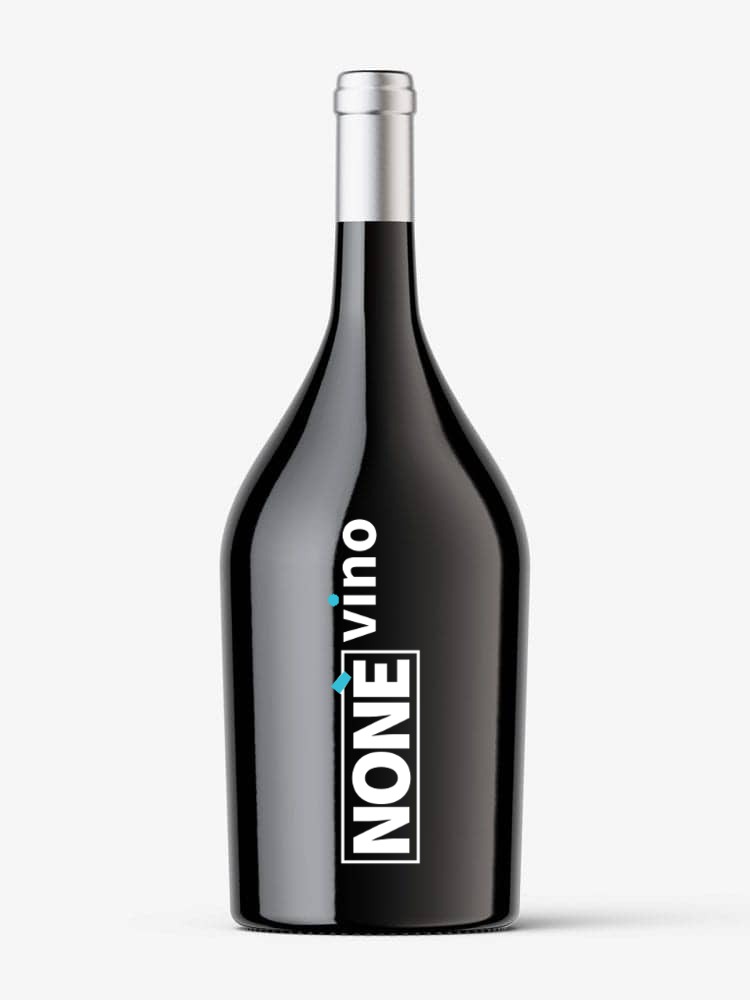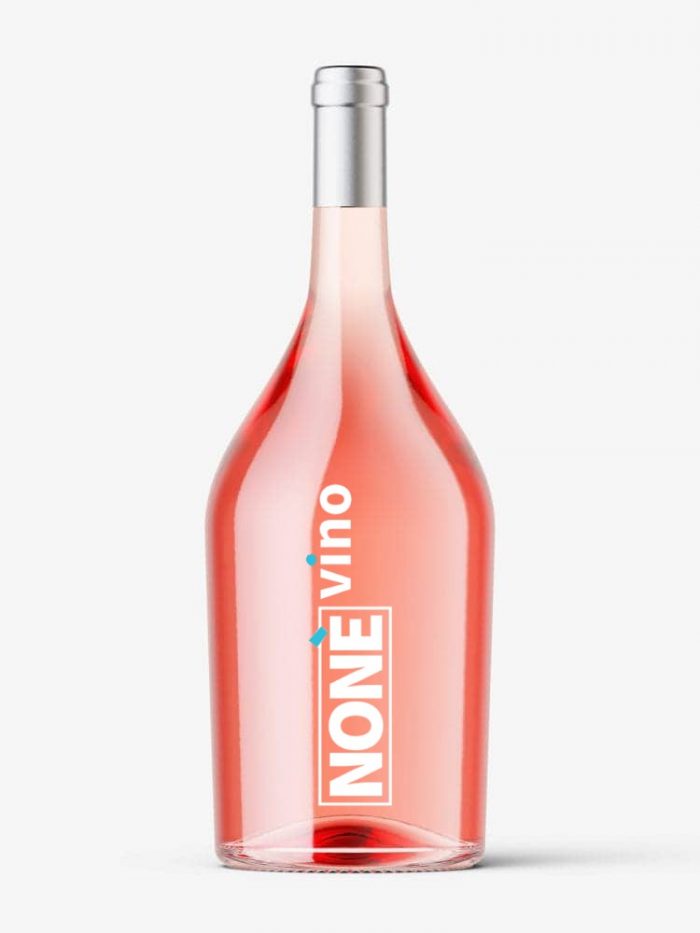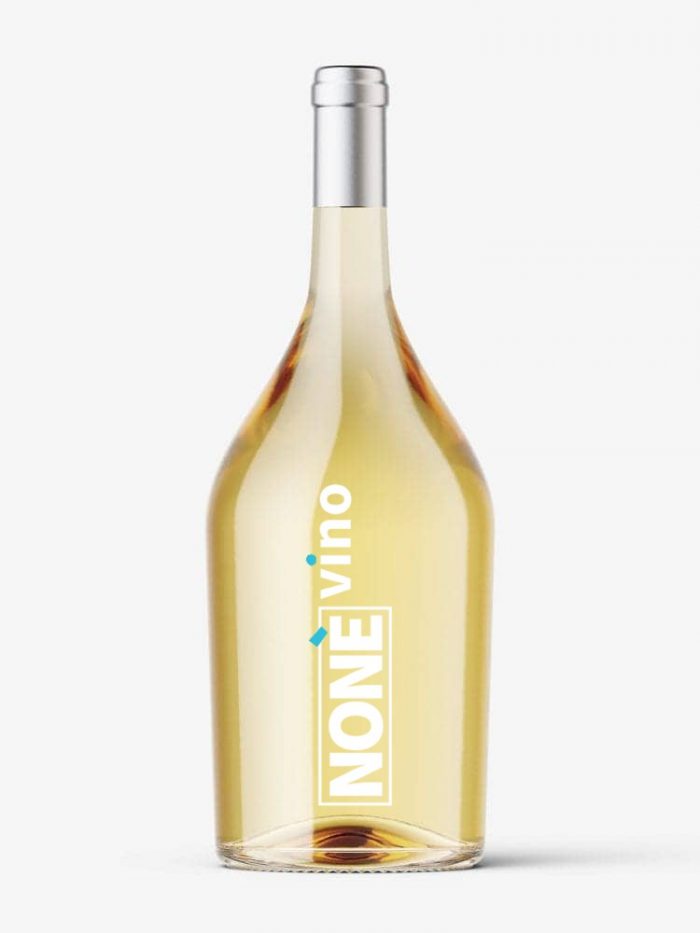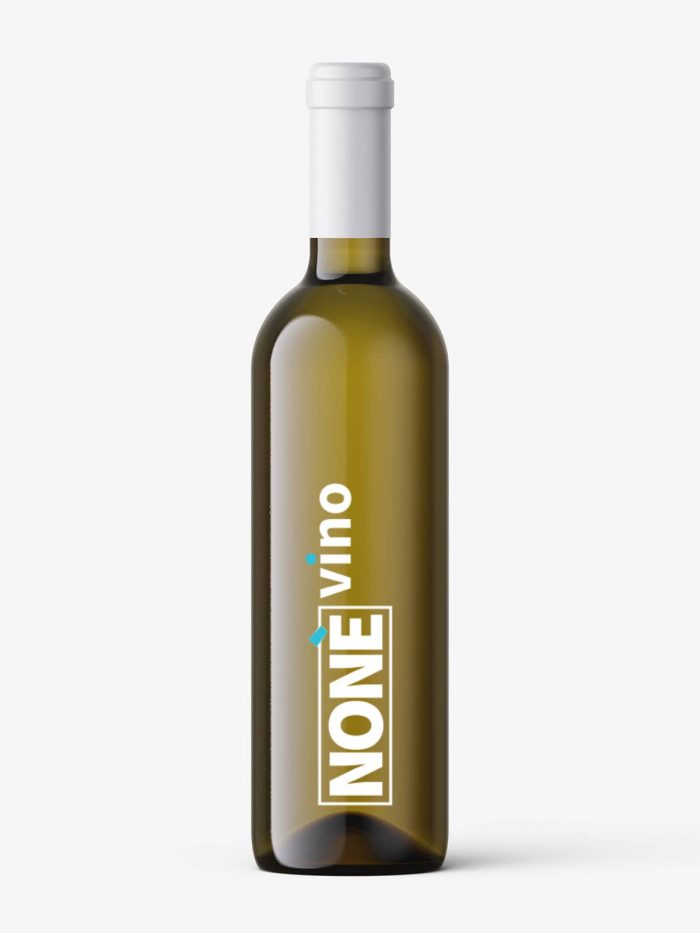Glera
White Grape
Info
The white grape Glera is grown in the regions of Friuli Venezia Giulia, Sicily and Veneto.
With the introduction of the D.M. 21/07/2009, the Glera vine has replaced the name “Prosecco”. The operation was commissioned by the Ministry of Agriculture to protect the denomination of origin “Prosecco”. In fact, as long as “Prosecco” indicated a vine and not a production area, this protection would have been ineffective (see the dispute between the Hungarian Tokaji – denomination – and Tocai Friulano – grape variety). It was therefore decided that the vine changed its name to “Glera”, its forerunner from Friuli.
Glera is a so-called “semi-aromatic” vine, where by aromatic we mean the vines whose wines remind the nose of the scent of the original fruit, which is evident for the aromatic vines, present even if with less intensity, for the semi-aromatic ones. Different biotypes are known, including the round Prosecco and the long Prosecco, differing mainly in the shape of the grape, the Prosecco Balbi which has a strong predisposition to grape-ripening and the Prosecco with red peccary. Another version was found in Dalmatia as pink Prosecco, but it is practically extinct.
Wine Characteristics
From the Glera grape, a brilliant straw yellow wine is obtained, with a persistent foam. The nose is aromatic, pleasant and characteristic of fruity. In the mouth it is dry or sweet, full-bodied, pleasantly fruity, characteristic.
Pinot Nero
Black Grape
Info
The black grape Pinot Nero is grown in the regions of Abruzzo, Apulia, Basilicata, Campania, Emilia-Romagna, Friuli Venezia Giulia, Latium, Lombardy, Marche, Molise, Piedmont, Sardinia, Sicily, Tuscany, Trentino Alto Adige, Umbria, Valle d’Aosta, Veneto.
Pinot Nero is the progenitor vine of the noble Pinot family, with very ancient French origins. The discovery of Pinot Nero probably dates back to almost two thousand years ago. Its presence in Bourgogne is mentioned as early as the fourth century AD (although at that time it was called Morillon Noir). In France, 46 clones have been officially recognized; Champagne also plays an important role in the clonal selection of Pinot Nero.
It is a plant that asks a lot, both from the winegrower and the winemaker, it does not give regular results, it needs relatively cold climates, with a good day / night temperature range and, when the conditions and the quality of the soils allow it (it prefers calcareous ones ), is able to offer wines of rare beauty. For this reason it has been planted in almost all wine regions of the world, with the exception of those with hot climates which would produce “cooked” wines, lacking the characteristics that made it so famous.
Wine Characteristics
From the Pinot Nero grape a light ruby red wine is obtained. The nose is fine, fruity with notes of raspberry and blackberry. Slightly tannic, harmonious, full-bodied on the palate. With aging, the color takes on brick tones, the aromas acquire complexity and finesse. Ideal for sparkling wine.








